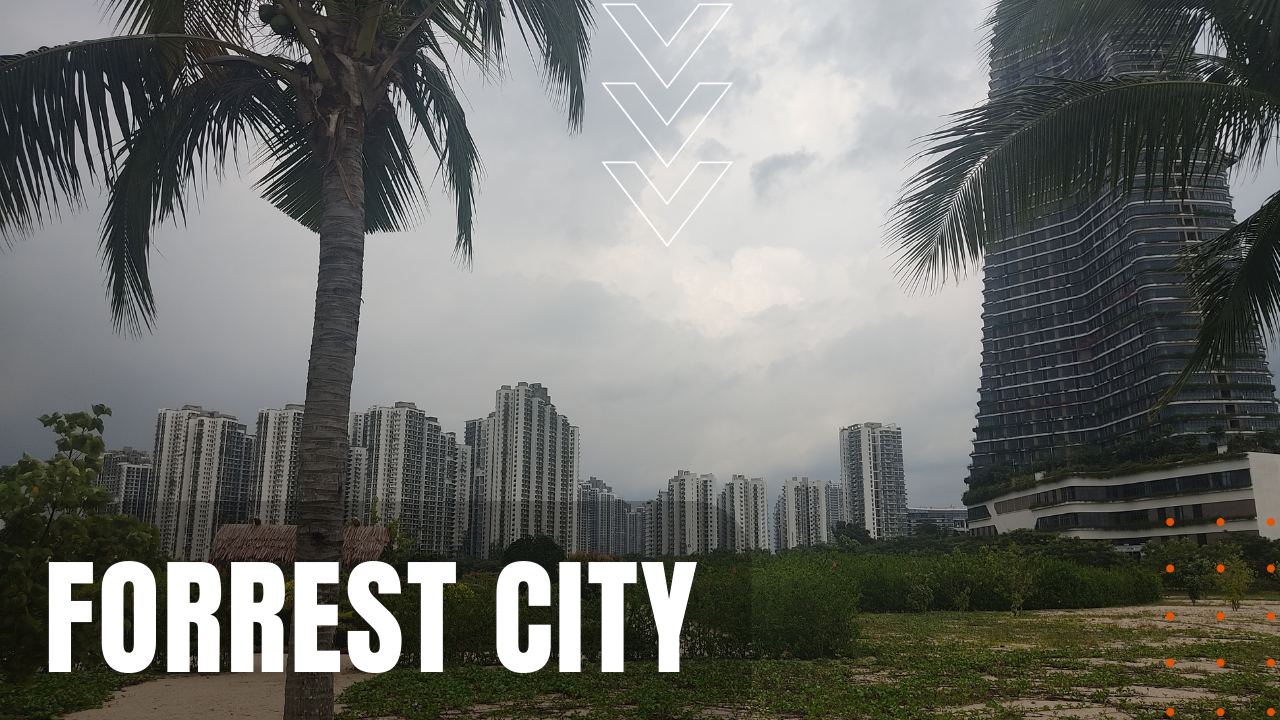Forrest City

Conceived during the easy money boom years before America’s subprime mortgage collapse in 2008—an economic depression felt in every corner of the world—when Chinese real estate developer Country Garden unveiled its ambitious plans for Forrest City in the state of Johor Malaysia, their vision called for a sustainable infrastructure equipped with cutting-edge, green-friendly technology, replete with a futuristic skyline rivaling the most sought after cities on earth. Following the hype and fanfare during the city’s grand opening in 2016, eight years later, Forrest City stands as a haunting reminder of economic ruin and unrealized dreams.
A Ghost Town Monstrosity
Nicknamed “Ghost City” by local Malaysians, Forrest City was built by China’s Belt and Road initiative, at a cost of over $100 billion—mostly raised from middle class Chinese investors who believed Country Garden’s sales pitch that wealthy Asians would flock to the city, quickly driving up the value of their early-stage investment. Instead, walking through Forrest City today, visitors are greeted by a landscape of half-finished skyscrapers and abandoned developments draped in overgrown vegetation—an empty city center that makes up only 15% of Country Garden’s original planned footprint.
Emptiness Everywhere
Built to house one million people, Forrest City is currently home to less than one percent of Country Garden’s original vision, rendering the city less a utopia than a ghost town. “I managed to escape this place,” IT engineer Nazmi Hanafiah recently told a BBC reporter, after he rented a one-bedroom unit in the city for what turned out to be six months of solitude. “It’s lonely around here — it’s just you and your thoughts.” After the city’s monumental failure to thrive, Country Garden faces debts of close to $200 billion, placing the company in equal peril with China’s now bankrupt real estate giant, Evergrande.
A Costly Symbol
Today, Forrest City stands as a symbol of the complexities of urban planning and development, whose unfinished towers and deserted streets remain economically out of reach to most local Malaysians, who ironically helped to build the city. “I feel sorry for people who actually invested and bought a place here,” says Joanne Kaur, a married resident who make up the only two people living on their floor. “If you were to Google ‘Forest City’,” she goes on, “it’s not what you see here today,” making Forrest City, a grand vision, with a tragic and wasteful outcome.
